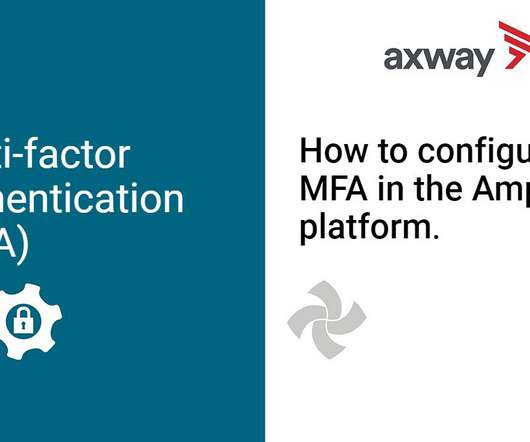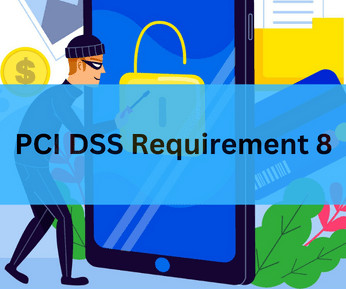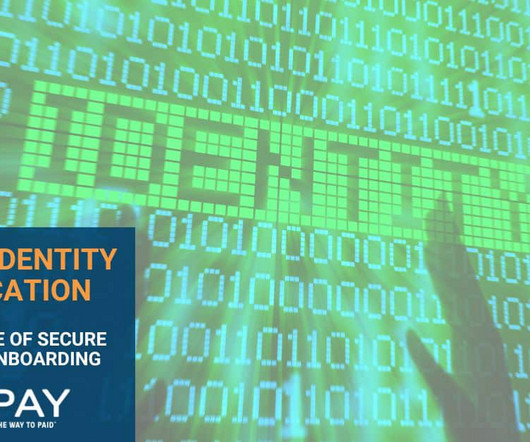PCI DSS 4.0
Cardfellow
APRIL 27, 2025
Required Multi-Factor Authentication (MFA) Version 4.0 of the PCI standard now requires multi-factor authentication (MFA) for any access to cardholder data. appeared first on CardFellow Credit Card Processing Blog. The post PCI DSS 4.0



















Let's personalize your content